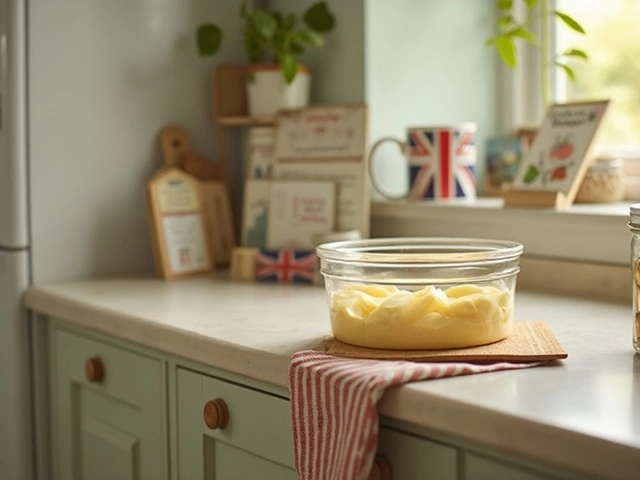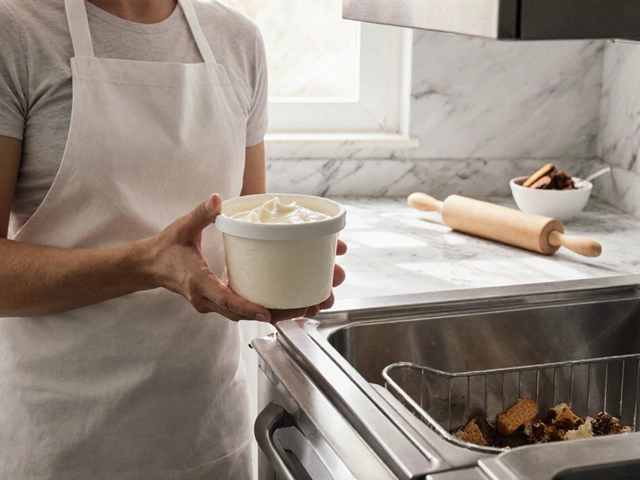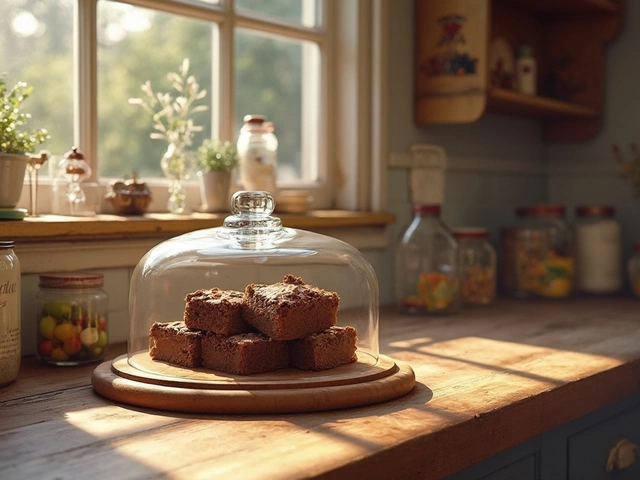Fudge Hardening Time: What to Expect and How to Speed It Up
If you’ve ever pulled a tray of fudge out of the oven and found it still soft, you know how frustrating it can be. The hardening stage is the difference between a glossy, slice‑ready block and a sticky mess. Below we break down the typical timing, the factors that change it, and easy ways to get firm fudge faster.
Factors That Influence Fudge Hardening
Not every fudge sets at the same speed. Here are the main things that shift the clock:
- Recipe ratios: More butter or cream means a softer end product, which needs more cooling time.
- Pan size and depth: A thin layer in a metal pan loses heat quickly, while a deep batch in glass or ceramic takes longer.
- Room temperature and humidity: Warm, humid kitchens keep fudge soft; a cool, dry room speeds up firming.
- Cooling method: Leaving fudge on the counter, in the fridge, or a quick blast in the freezer each adds a different amount of time.
In a typical kitchen (around 68°F/20°C) a standard 9‑x‑13‑inch pan of fudge will firm up on the counter in 30‑45 minutes. If you move it to the fridge, expect 15‑20 minutes. A quick 5‑10 minute chill in the freezer can get it ready for cutting, but watch it closely—over‑chilling can make the surface crumbly.
Tips to Speed Up the Hardening Process
Want firm fudge faster without sacrificing texture? Try these simple tricks:
- Use a metal pan: Metal conducts heat better than glass, pulling warmth out of the fudge quicker.
- Spread the mixture thin: A thinner layer loses heat faster, cutting hardening time in half.
- Pre‑chill your pan: Pop the pan in the fridge for a few minutes before pouring the hot fudge. The cold surface jump‑starts the set.
- Turn on a fan: A gentle breeze over the top speeds evaporation, which helps the fudge firm.
- Avoid covering too soon: Wraps trap steam and keep the fudge soft. Let it sit uncovered until it’s firm, then store.
When you’re ready to test, press lightly with a clean fingertip. If the surface holds a faint indentation without melting, it’s set. You can also try snapping a small piece; a clean snap means the fudge is firm enough to cut.
Remember, moving fudge while it’s still warm can cause cracks or a gummy edge. Let it rest for a minute or two after taking it out of the fridge before slicing. This lets the interior settle and gives you cleaner pieces.
By understanding the variables and using a few shortcuts, you’ll stop guessing and start cutting perfect fudge every time. Happy treating!





